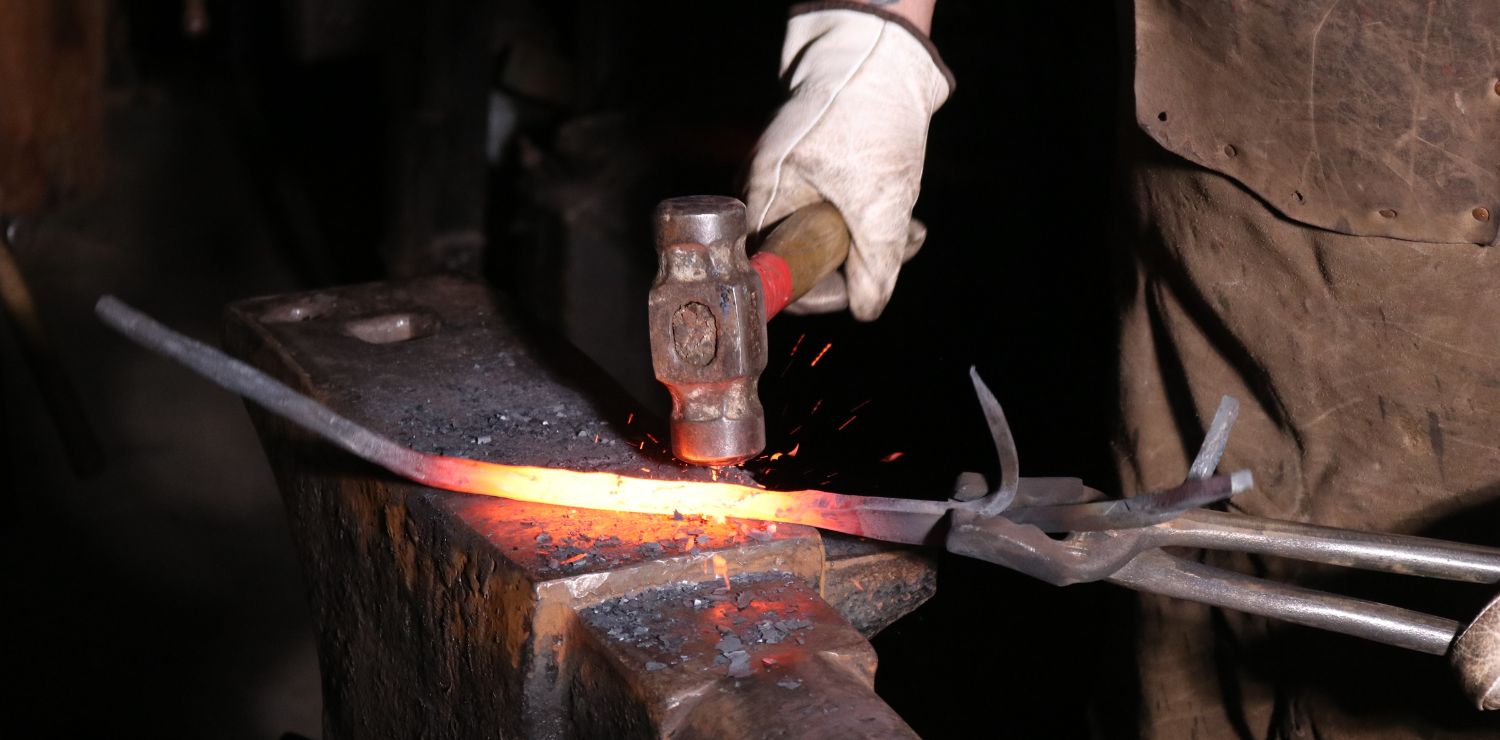THE ART OF JAPANESE KNIVES
Japanese kitchen knives are renowned as being among the best in the industry, and if you've ever wondered why, you're in the right place. To start, the making of Japanese knives is a refined art, mastered by only a few individuals, as these knives are manufactured according to precise and demanding standards. Indeed, most knives on the market fail to match the quality and performance of a genuine Japanese kitchen knife. Once you buy one, you'll never again question what makes them so unique. Let's explore together what makes them so special.
Japanese knives come in several different types, including single and double bevel blades. Double bevel knives, also known as Western-style knives, have a V-shaped blade and are perfect for cutting large vegetables and meats, and they are a cornerstone of the Japanese knife industry. In fact, one of the things that make Japanese knives so unique is that there is a design to meet the needs of all chefs, particularly when it comes to single-bevel Japanese knives, for both amateur and professional chefs.
When manufacturers forge Japanese knives, they typically have a particular goal in mind and manufacture the knife accordingly. That's because making Japanese knives is not just a way to create a great knife, it's also a very important part of Japanese culture. Traditional Japanese craftsmanship, passed down from generation to generation for over 600 years, is also one of the reasons why these knives are considered the best in the world.
A BIT OF HISTORY ON JAPANESE KNIVES
Japanese knives are among the highest quality knives available, as evidenced by the lengthy process, largely unchanged, of making Japanese knives. In fact, the history of Japanese knives starts with the traditional Japanese craft of sword-making, which has evolved over centuries. Several regions in Japan have been making swords and knives for over 1,000 years.
Throughout this history marked by the forging of Japanese knives and swords, smiths have perfected their ability to forge steel of incredibly high quality. It is this expert knowledge of Japanese steel that has made Japanese knives so famous.
In Sakai, in Osaka, the blacksmiths have even further perfected the making of Japanese knives over the course of 600 years. They have reached such a level of expertise and precision that the process has been divided into its constituent parts: forging, sharpening, polishing, and handle fitting.
LIGHTER BUT STRONGER
Japanese knives are lightweight and therefore easy to handle, which is why so many chefs prefer them to Western knives. Japanese knives have a slightly more forward-weighted balance and allow for easier chopping, slicing and mincing than other knives when using a pinch grip. As soon as you hold the knife in hand, you'll recognize the difference between Japanese knives and all the others. To top it off, Japanese are masters in creating very attractive knives that can easily add style to your kitchen.
A LEGACY OF HANDMADE PRODUCTS
Japanese knife-making thus remains a tradition still taken very seriously today. About 80% of the knives made and sold in Japan are still handmade in Sakai, where they are either handmade or hand-forged so that the tradition of high-quality knives is not forgotten. Japan has 150 to 200 different types of knives used for culinary purposes.
Among the different Japanese knives, you'll find Gyuto, Nakiri, Santoku and Kiritsuke knives, among others. When it comes to traditional Japanese craftsmanship, you'll never be short of a knife that will serve its purpose, no matter what you plan to do with it.
WILL JAPANESE KNIVES LAST FOREVER?
Thanks to current Japanese knife-making techniques, if you take care of your Japanese chef's knives, it is possible to keep and use them forever, or at least for many decades. Here are some tips to help you take great care of your Japanese knives:
- Remember that the steel used is not necessarily rust-proof, so make sure to wash and thoroughly dry the knife after each use
- Never put any type of Japanese knife in your dishwasher
- Occasionally add oil, such as camellia oil, to the blade to keep it in good shape
- Never use the knife to chop frozen or very hard foods as it could break the blade
- Always use a wooden chopping board with your knife — never a glass or metal surface, as this could wear out the blades more quickly
It's not hard to properly maintain your Japanese knives. In fact, once you get into the habit of doing these things, you'll find it's neither difficult nor time-consuming. That being said, it's always important to take good care of these knives, as if you do, they could last a lifetime and provide cutting quality all the while.
CONCLUSION ON THE CRAFTSMANSHIP OF JAPANESE KITCHEN KNIVES
The making of Japanese knives is an ancient tradition that produces some of the best knives in the world. The art of making and forging Japanese knives has not changed much over the last 600 years, but why change something perfect? Kaitsuko offers all types of high-quality Japanese knives that can be used in various ways. Visit our online site anytime or contact us if you have any specific questions about our products.


Everything You Need to Know About Carving Knives
Discover the Art of Sushi: An Exploration of Japanese Flavors